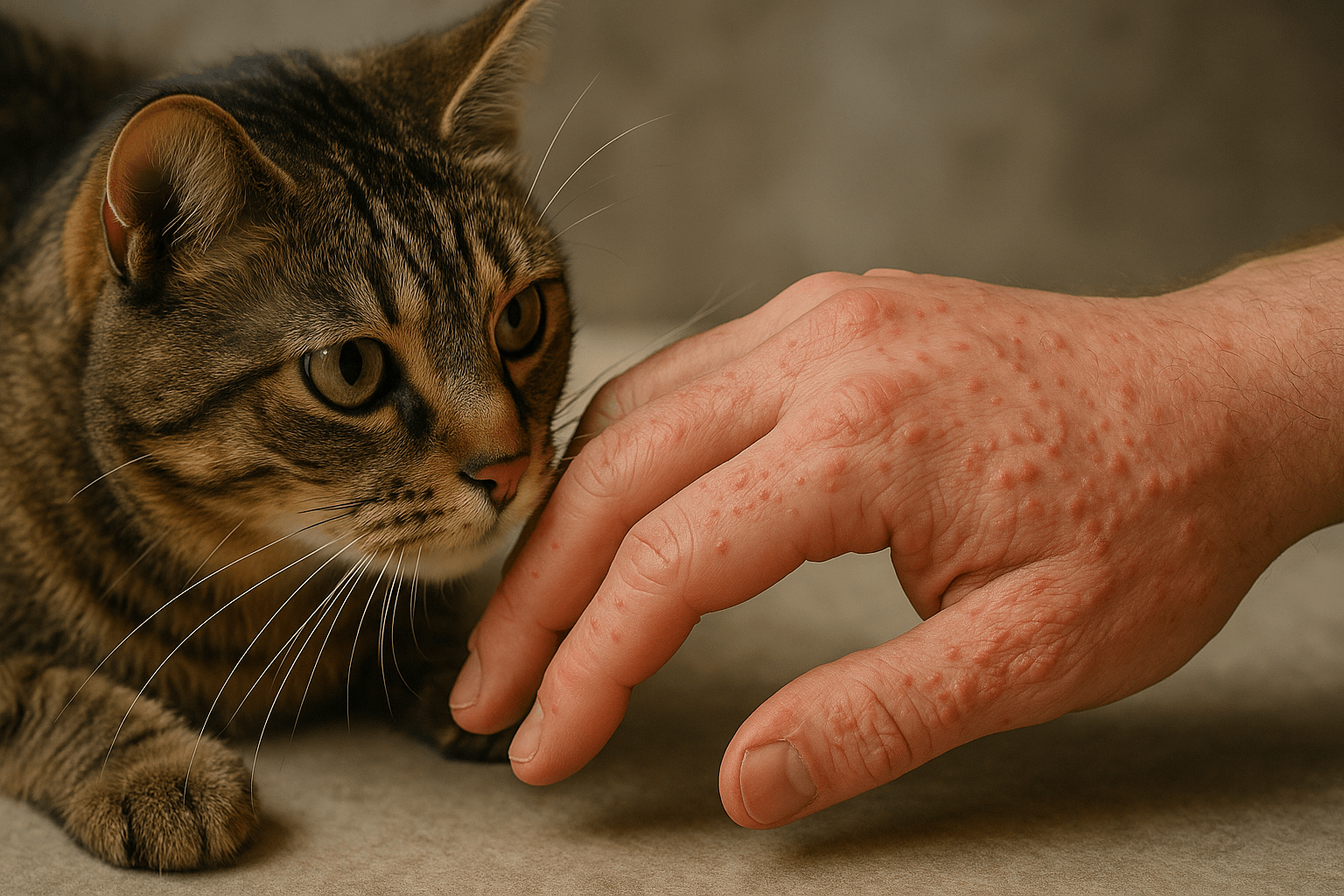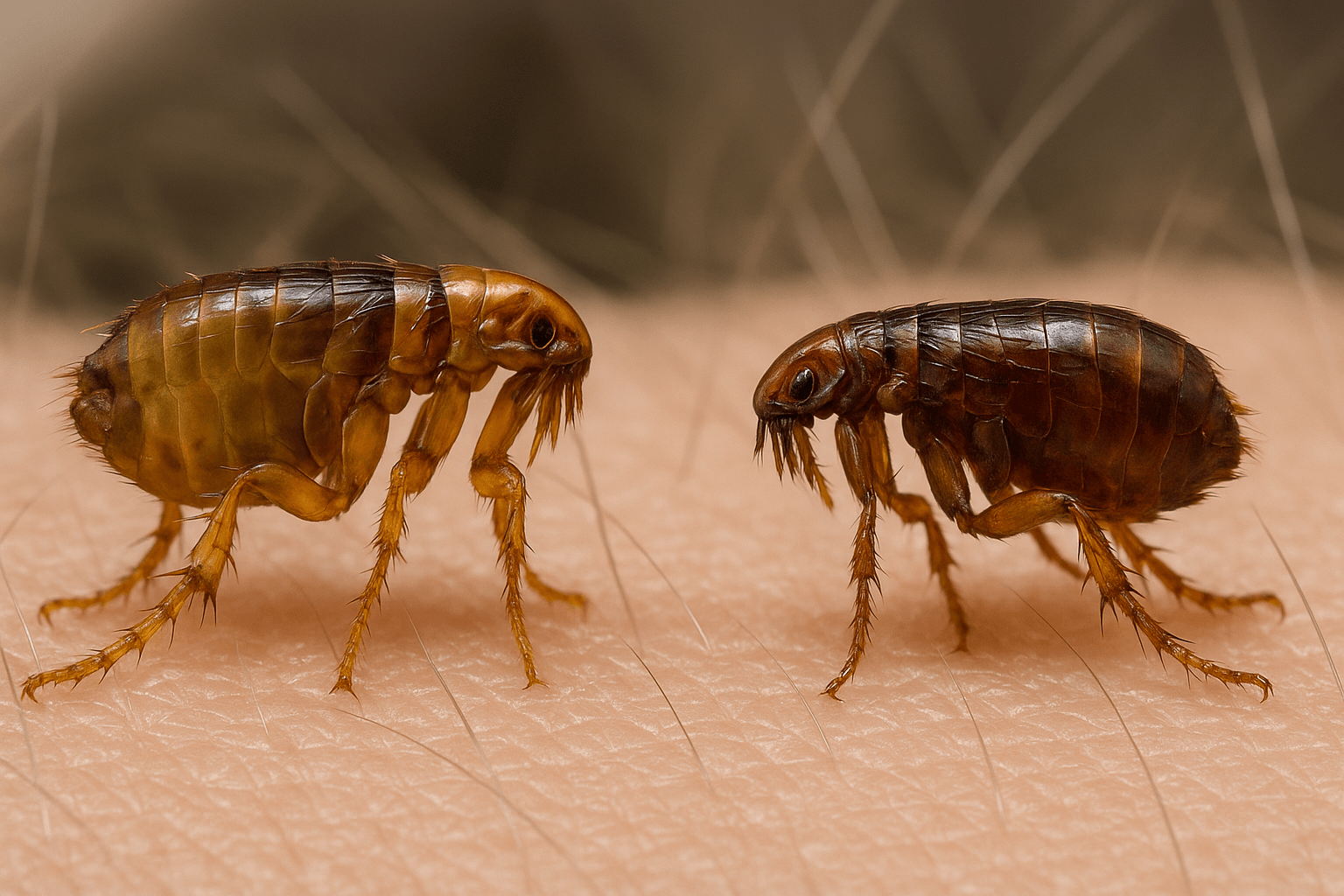Is Witch Hazel Safe for Dogs? What Every Pet Owner Needs to Know
As pet owners, we’re always on the lookout for natural remedies that can help our furry friends feel their best. One popular ingredient often mentioned is witch hazel—a plant-derived astringent known for its soothing properties in human skincare and health. But is witch hazel safe for dogs? Can this natural remedy be used to address common issues like skin irritations or ear infections in our canine companions?
In this blog post, we’ll explore the safety of witch hazel for dogs, its potential benefits, and how to use it responsibly. Whether you’re considering it for your dog’s grooming routine or as a treatment for minor ailments, this guide will provide you with the information you need to make an informed decision.
Potential Benefits of Witch Hazel for Dogs
When used correctly, witch hazel can offer several benefits for dogs, particularly for skin and ear-related issues. Its natural anti-inflammatory and antiseptic properties make it a popular choice among pet owners seeking gentle solutions. Here are some of the potential benefits of using witch hazel for your dog:
Soothes irritated or itchy skin caused by allergies or insect bites
Helps reduce redness and inflammation from minor cuts or scrapes
Cleans ears gently without causing irritation
Acts as a natural deodorizer for smelly paws or fur
May alleviate discomfort from hot spots or rashes
While these benefits make witch hazel appealing, it’s important to use it cautiously and only after consulting your veterinarian. Proper application ensures your dog reaps the rewards without any adverse effects.
How to Use Witch Hazel Safely on Dogs
Using witch hazel safely requires attention to detail and adherence to guidelines to avoid harming your dog. Even though it’s a natural product, improper use can lead to irritation or other issues. Here are some tips for safe application:
Dilute witch hazel with water before applying it to your dog’s skin
Perform a patch test on a small area to check for allergic reactions
Avoid using alcohol-based witch hazel products, as they can dry out your dog’s skin
Apply witch hazel sparingly and only to external areas
Never use witch hazel on open wounds or deep cuts without veterinary approval
By following these steps, you can minimize risks and ensure your dog benefits from witch hazel’s soothing properties. Always err on the side of caution when introducing new products into your dog’s care routine.
Check this guide 👉Is Eucalyptus Oil Safe for Dogs? Best 7 Health Tips!
Check this guide 👉Is Phlox Safe for Dogs? Best 7 Expert Tips!
Check this guide 👉Are Antlers Safe for Dogs? Best 7 Expert Tips!

Safe Uses of Witch Hazel for Dogs | Risks to Watch Out For |
|---|---|
Cleaning minor cuts and scrapes | Alcohol-based formulas may irritate skin |
Soothing itchy or inflamed skin | Overuse can cause dryness or irritation |
Gently cleaning ears | Applying to deep wounds can worsen infection |
Deodorizing paws or fur | Allergic reactions in sensitive dogs |
Relieving discomfort from hot spots | Using undiluted witch hazel may harm skin |
Signs Your Dog May Be Sensitive to Witch Hazel
While witch hazel is generally safe for dogs, some pets may have sensitivities or adverse reactions. Monitoring your dog closely after application is essential to identify any issues early. Here are signs that your dog may not tolerate witch hazel well:
Excessive scratching or licking at the application site
Redness, swelling, or hives appearing on the skin
Increased discomfort or agitation after use
Persistent head shaking if applied near the ears
Behavioral changes like lethargy or refusal to eat
If you notice any of these signs, discontinue use immediately and consult your veterinarian. Every dog is unique, and what works for one may not suit another.
Alternatives to Witch Hazel for Dogs
If witch hazel doesn’t seem suitable for your dog or you’re looking for other options, there are plenty of alternatives that can address similar concerns. These alternatives are equally gentle and effective for dogs. Consider the following:
Coconut oil for moisturizing dry or irritated skin
Aloe vera gel (pet-safe) for soothing burns or rashes
Oatmeal-based shampoos for relieving itchy skin
Apple cider vinegar diluted with water for ear cleaning
Chamomile tea compresses for calming inflamed areas
Exploring these options allows you to find the best solution for your dog’s needs while avoiding potential sensitivities. Always prioritize pet-safe products to ensure your dog’s safety.
Common Mistakes to Avoid When Using Witch Hazel
Using witch hazel on your dog can be beneficial, but mistakes in application or choice of product can lead to unintended consequences. Being aware of these common pitfalls can help you avoid complications and ensure safe use. Here are some mistakes to steer clear of:
Using undiluted witch hazel directly on your dog’s skin
Applying witch hazel to deep wounds or infections without veterinary advice
Choosing alcohol-based witch hazel products that can dry out or irritate the skin
Overusing witch hazel, which may disrupt your dog’s natural skin barrier
Ignoring signs of discomfort or irritation after application
By avoiding these mistakes, you can minimize risks and ensure that witch hazel serves its intended purpose without causing harm. Always prioritize your dog’s comfort and safety when using any new product.
How to Choose the Right Witch Hazel Product for Your Dog
Not all witch hazel products are created equal, and selecting the right one is crucial for your dog’s safety. With so many options available, it’s important to know what to look for. Here are some tips to help you choose a suitable witch hazel product:
Opt for alcohol-free witch hazel to prevent skin irritation
Look for products labeled as “natural” or “organic”
Check the ingredient list for added fragrances or chemicals
Choose a reputable brand known for pet-safe products
Consult your veterinarian for recommendations tailored to your dog
Selecting the right witch hazel product ensures that your dog benefits from its soothing properties without exposure to harmful additives. A little research goes a long way in keeping your furry friend safe.
Creative Ways to Incorporate Witch Hazel into Your Dog’s Routine
Witch hazel doesn’t have to be limited to treating skin or ear issues—it can also be incorporated into your dog’s grooming routine in creative ways. These ideas can make your dog’s care regimen more effective and enjoyable. Here are some unique ways to use witch hazel:
Add diluted witch hazel to a spray bottle for a refreshing paw cleaner after walks
Mix witch hazel with water to create a gentle facial wipe for tear stains
Use witch hazel as a finishing touch after bathing to remove lingering odors
Combine witch hazel with pet-safe essential oils for a DIY flea repellent
Apply witch hazel to grooming tools like brushes to keep them clean and fresh
Incorporating witch hazel into your dog’s routine not only enhances their hygiene but also strengthens your bond through thoughtful care. With a little creativity, this natural remedy can become a versatile tool in your pet care arsenal.
FAQ
Can I use witch hazel on my dog’s ears?
Yes, but only if diluted and applied externally. Avoid using it on infected or deeply irritated ears without veterinary guidance.
Is alcohol-free witch hazel safe for dogs?
Alcohol-free witch hazel is safer for dogs, but it should still be diluted and used sparingly.
Can witch hazel help with hot spots?
Yes, witch hazel may soothe hot spots, but it’s important to address the underlying cause of the irritation.
How often can I use witch hazel on my dog?
Use witch hazel sparingly—once or twice a week at most—to avoid drying out your dog’s skin.
Are there any dogs that shouldn’t use witch hazel?
Dogs with sensitive skin, open wounds, or known allergies to plant-based products should avoid witch hazel unless approved by a vet.
Conclusion: Proceed with Care When Using Witch Hazel for Dogs
Witch hazel can be a valuable tool in your dog’s care routine when used responsibly and in moderation. While it offers soothing and cleansing benefits, it’s essential to prioritize safety and consult your veterinarian before introducing it to your dog. By understanding the proper application methods, recognizing potential sensitivities, and exploring alternatives, you can make informed decisions about your dog’s health and well-being. Remember, your dog relies on you to provide the best care possible, and even natural remedies require careful consideration. With the right approach, you can ensure your furry friend stays happy, healthy, and comfortable.
Canned Pumpkin for Cat Diarrhea: Best 7 Expert Tips! Natural remedy to firm stools, soothe upset bellies, and support gut health safely.
Can a Cat Give You Scabies? Best 7 Expert Tips! Discover the truth about feline mites, human skin risks, and how to protect yourself—without panic.
Cat Flea vs Human Flea: Best 7 Expert Tips! Discover the truth about bites, species, and how to eliminate infestations for good.
Weird Cat Behaviors: Best 7 Expert Tips! Discover why cats do strange things—and how to understand, not punish, their instincts for a happier home.





